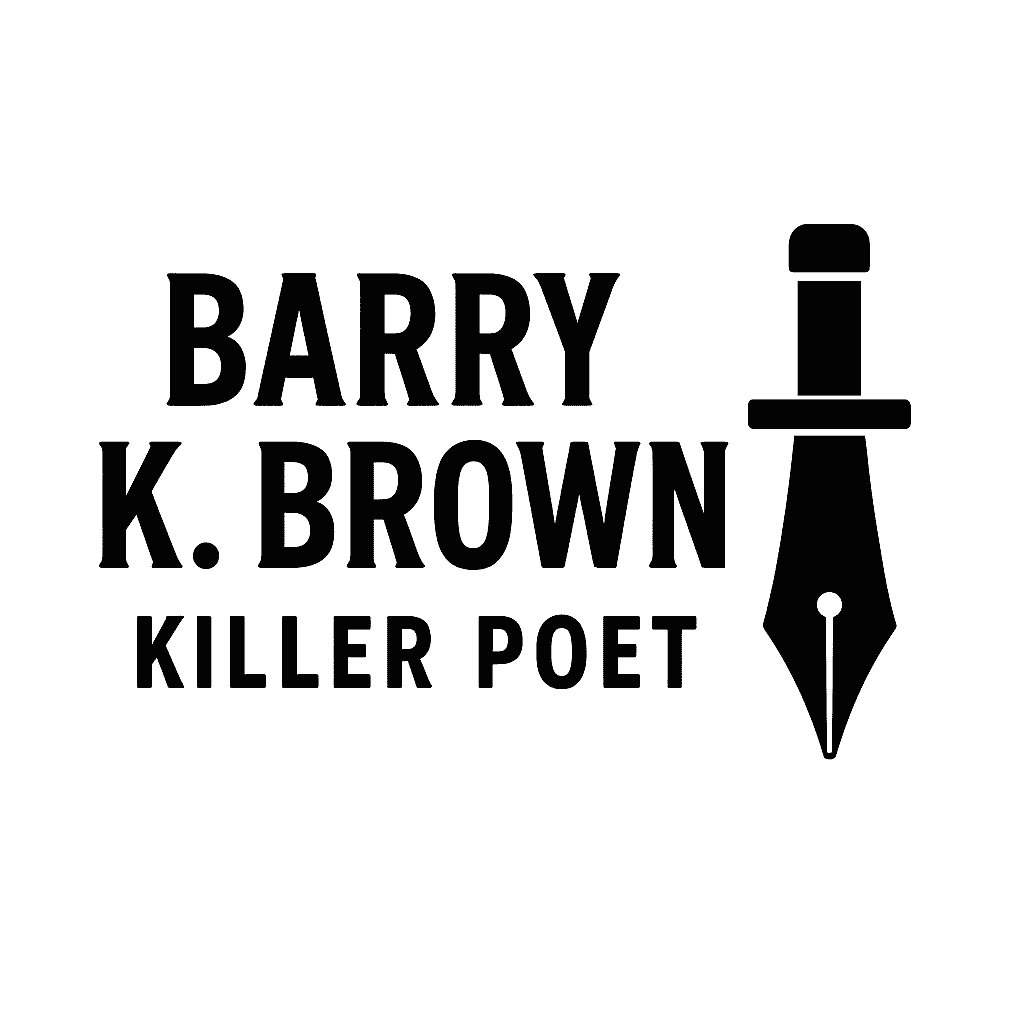Hey there, indie authors, small publishers, marketers, and fellow writers! Today, we’re diving into a topic that’s increasingly taking center stage in the world of marketing: omnichannel marketing. In a nutshell, it’s about creating a seamless experience for your audience across various platforms. And if you’re a solopreneur juggling multiple roles, AI automation could be your secret weapon to master this approach!

What is Omnichannel Marketing?
Before we get rolling, let’s clarify what omnichannel marketing means. It’s a strategy that integrates different marketing channels – think social media, email, your website, and even offline efforts – to create a unified experience for your customers. Essentially, wherever they encounter your brand, they should feel it’s the same message, vibe, and value.
Why Should You Care?
As a solopreneur, managing multiple aspects of your business can be overwhelming. Customers today expect relevant content delivered when and where they want it. With omnichannel marketing, you’ll not only meet those expectations but exceed them, driving stronger customer loyalty and ultimately higher conversions.
The Power of AI Automation
Now, let’s bring AI automation into the mix. Why? It’s simple! Automation tools help you save time and increase efficiency. Instead of spending hours on repetitive tasks, you can focus on crafting your artistic vision, testing new ideas, or writing your next bestseller.
Benefits of AI Automation for Omnichannel Marketing
Here are some top benefits you can expect when using AI automation in your omnichannel marketing efforts:
1. Time-Saving: Automate routine tasks to free up hours in your week.
2. Enhanced Personalization: Tailor marketing messages to individual customers based on their behavior and preferences.
3. Data-Driven Insights: Utilize AI analytics to understand customer journeys better and optimize your campaigns.
4. Consistent Branding: Maintain a cohesive brand across multiple platforms automatically.
5. Scalable Strategies: As your business grows, your automated efforts can grow with it without overwhelming you.
Getting Started with AI Automation in Omnichannel Marketing
1. Identify Your Channels
First, decide which channels will suit your target audience best. Here are some platforms to consider:
- Social Media: Facebook, Instagram, Twitter, and Pinterest.
- Email: Newsletters, drip campaigns, and personalized outreach.
- Website: Your author site, blog, or e-commerce store.
- Offline: Print advertising, book signings, and local events.
2. Invest in the Right Tools
Once you know your channels, it’s time to select the tools that will support your **omnichannel marketing** strategy.
Here’s a quick list of tools you might find helpful:
- Email Marketing: Mailchimp, ConvertKit, or ActiveCampaign for creating targeted campaigns.
- Social Media Management: Buffer or Hootsuite to schedule and analyze posts.
- Analytics: Google Analytics for overall site performance and audience insights.
- CRM Systems: HubSpot or Zoho to keep track of your customer interactions and history.
- Content Automation: Make can help you create your content, schedule it for upload, and distribute it across all your platforms with one simple automation.
3. Leverage AI for Content Creation
Creating high-quality content is a must in omnichannel marketing. But doing it all yourself can be a daunting task. It’s here that AI can step up to help.
- AI Writing Assistants: Tools such as Grammarly or ChatGPT can help you refine your writing or even generate ideas for your next blog post or newsletter.
- Image Creation: Canva’s AI features can help you design engaging visuals for your promotions.
- Video Editing: Tools like Descript can assist you in editing video content quickly and efficiently.
4. Personalization Meets Automation
AI allows for a level of personalization that can make a half-automated approach feel entirely tailored. Here’s how:
- Segmentation: Use data to segment your audience into groups based on behaviors (like purchase history) and tailor messages accordingly.
- Dynamic Content: Emails and pages that change content based on user behavior (like recent book purchases) can be set up through platforms like HubSpot.
- Retargeting Ads: Use platforms like Facebook Ads to retarget users who visited your site but didn’t convert initially.
5. Monitor and Analyze
No marketing strategy is complete without analysis. AI can help you dive into data without the headaches.
- Dashboards: Create personalized dashboards using Google Data Studio to visualize your omnichannel marketing performance.
- A/B Testing: Use tools like Optimizely for A/B testing of emails, landing pages, and ad copies.
- Feedback Loops: Incorporate customer feedback regularly through surveys and social media responses to ensure you’re meeting their desires.
Building a Cohesive Marketing Campaign
Now that we’ve touched on the tools and strategies, how do you create a cohesive campaign leveraging omnichannel marketing? Here’s a step-by-step guide:
Step 1: Choose a Central Theme
Decide on a central theme or message for your campaign. It could be promoting a new book launch or running a seasonal sale. Make sure this theme aligns with your brand identity.
Step 2: Create Content for Each Channel
Produce tailored content for each platform while keeping the central theme intact. For example:
- Blog Post: Write a piece about the insights you have gained through your writing journey.
- Email Campaign: Send exclusive excerpts or behind-the-scenes content related to your new project.
- Social Media: Share engaging visuals that represent this journey, using stories and reels to connect with audiences.
Step 3: Schedule and Automate
Use your chosen tools to schedule across platforms. For instance:
- Set automatic email sequences for subscribers.
- Use social media schedulers to post consistently throughout the week.
Step 4: Monitor Performance
Set aside time weekly to check your performance analytics. Look for what types of content, platforms, or offers resonate best and adjust your strategy as necessary.
Step 5: Iterate and Evolve
The best part about marketing is that you can always improve. Use your data insights to tweak each campaign continually. This is critical in omnichannel marketing, as your audience and platforms are ever-evolving.
Omnichannel Marketing is Possible as a Solopreneur
As a solopreneur, taking on omnichannel marketing might seem like a daunting task. However, with the integration of AI automation, you’ll find it more manageable and efficient. Remember, it’s all about creating a seamless and personalized experience for your audience, leading to stronger brand connections and increased sales.
Don’t forget to continuously test, analyze, and refine your approach. Embrace technology and own your story – it’s what makes you unique in the bustling literary world.
So, gear up, get started, and dominate the **omnichannel marketing** landscape. Happy automating and marketing!

